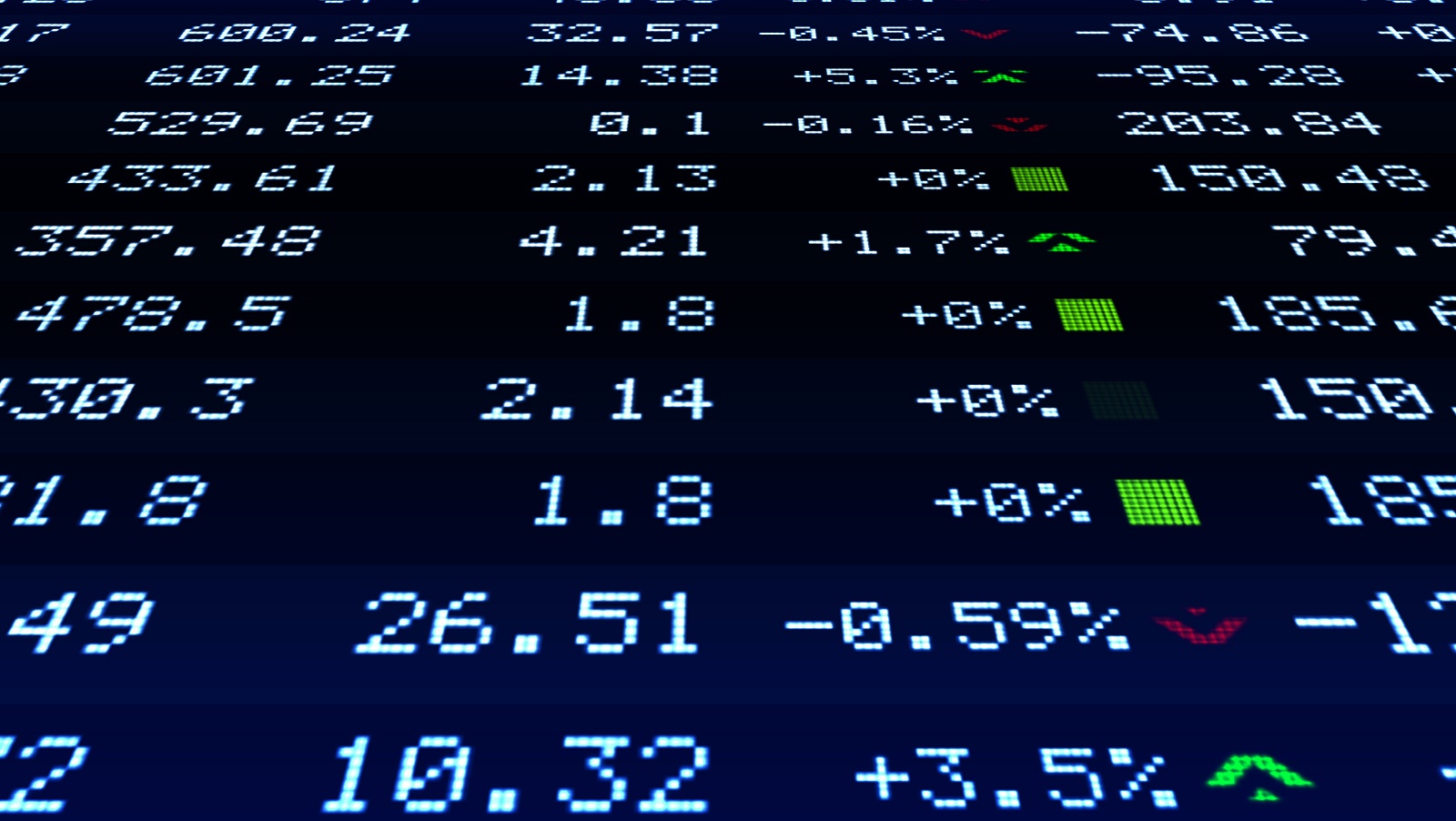Churchill Downs can be the poster boy for the affects of easy money on capital markets. Shareholders have made a killing while the board has kept buying back shares and buying more growth with cheap debt. For a decade now, the stock has followed the broader market, accentuating the up moves while stalling during pullbacks. Generally favorable business conditions in regional markets have also helped as Churchill Downs has beefed up its numbers and keeps breaking its own records. But, the picture is just now getting a bit more wobbly.
Since this is a momentum stock, it needs momentum to continue higher. Otherwise it falls. The last stall from late 2015 to early 2017 lasted a year and a half before the uptrend was reestablished. We are now exactly one year into the most recent consolidation. The next few months then should be telling. If the U.S. economy is going to boom for another year, then Churchill Downs could see one last leg higher. If not, we could eventually fall back down to the $50 area, the jumping off point of the previous rally. This is not a stock that is just going to relax and trend slowly higher. It’s either going much higher, or much lower.
If we look into its growth strategy, we can see pretty clearly what’s happened here, and how easy money affects stock prices. Since 2014, Churchill Downs has bought back nearly $1 billion in stock, about a quarter of its market cap. $938.8 million to be exact (page 36 here). Since 2014, its market cap has grown by $1.18 billion. 80% of that move, then, was just money that it plowed back into its own stock year after year as it became more and more expensive. Where did this $938.8 million come from? Well, $711 million of it came from an increase in its debt holdings since 2014. It basically borrowed money to buy its own stock back. This doesn’t even include the additional $243 million that the board has set aside for further repurchases down the road. If we add that in, total stock buybacks executed and authorized equals $1.18 billion since 2014, the exact increase in its market cap since that year. If traders are front-running these stock repurchases, then that fuel is exhausted, unless still more is soon authorized.
You can try to point to growth statistics to justify Churchill’s meteoric rise, and growth has at least something to do with it. But much of its growth though has been through acquisitions. Without further acquisitions then, growth is going to slow down. The stock’s current price is the result of a combination of its very generous buybacks, plus top line acquisition-fueled growth. If both of those are not sustained at current rates, the stock is going to have to fall. At this point, with debt becoming substantial and nearing $1.5 billion, it’s going to have to slow down and take a step back and consolidate its new holdings. At the very least this should put capital growth on hold, with some scary falls during broader market stress.
